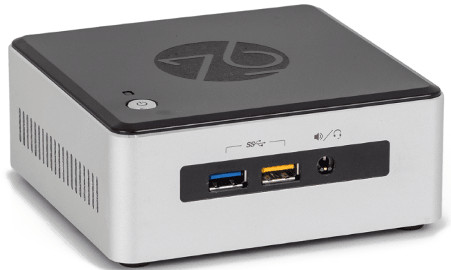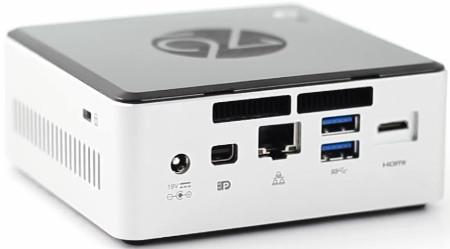Every day, Linux attracts hordes of new fans in China, India, Russia, Brazil, Turkey, Ukraine, Brazil, U.S., Iran and every corner of the world.
It’s safe to say that Linux is a bigger hit than the iPhone with the below 21 age group outside the U.S. But the majority of Linux newbies are not fanboys a la Apple fanboys.

Most youngsters new to Linux are learning the nuts and bolts of the open source operating system either for a job or to hack for profit or thrill. They do not have the resources to invest on a $1,800 iMac or a closed MacMini. These folks salvage an old PC and install Linux on it or use the Live CD option.
However, there’s a tiny group of open source adopters who I will describe as Linux fanboys. For this group, getting hold of a slick, pre-built Linux system is still not easy. There’s no BestBuy or Staples selling slick Linux PCs.
But things are starting to change. A bunch of vendors have started peddling Linux minis that seem in many respects as slick as any of the MacMinis or Chromebooks.
Let’s consider a few slick Linux mini PCs that are available today.
1. MintBox Mini
Running the popular Linux Mint distribution, the MintBox Mini is a neat looking device from Compulab costing $295.
MintBox Mini comes preinstalled with Linux Mint 17.1 (supported until 2019).

MintBox Mini Configuration
Linux Mint Mate 64-bit
AMD A4 Micro-6400T (Quad core 1.0-1.6 GHz + Radeon R3) processor
4 GB DDR3 RAM
64 GB mSATA
WiFi 802.11 b/g/n via dongle
5 USB
Since there’s no bluetooth support, you can’t use a wireless keyboard and mouse. That is a big disappontment.
The Compulab web site says the “MintBox Mini is temporarily out of stock.”
Could that be a sign of good demand for the MintBox Mini?
2. Meerkat
Meerkat is an Ubuntu 15.04 based mini Linux system from System 76.
Meerkat’s pricing starts at $499, which I must say is on the higher side.

Meerkat Base Configuration
* Ubuntu 15.04
* Intel i3 dual core processor
* 4GB RAM
* 32GB SSD
* 4 USB ports
* Mini HDMI 1.4a, Mini DisplayPort 1.2
* Gigabit Ethernet
* microSD card
* Wireless-AC
* Bluetooth 4
System76 also offers an Ubuntu-based laptop called Lemur for $599 (i3 processor, 4GB RAM, 500GB HD). Continue reading »



